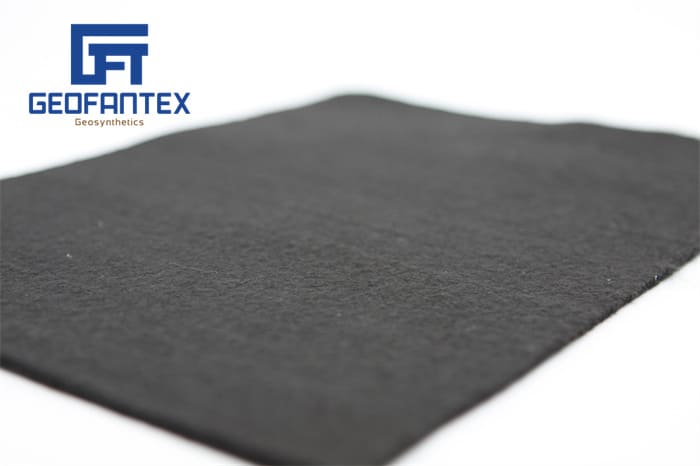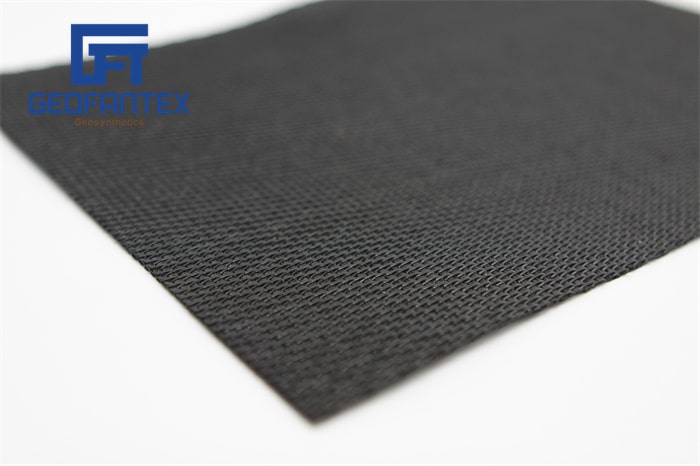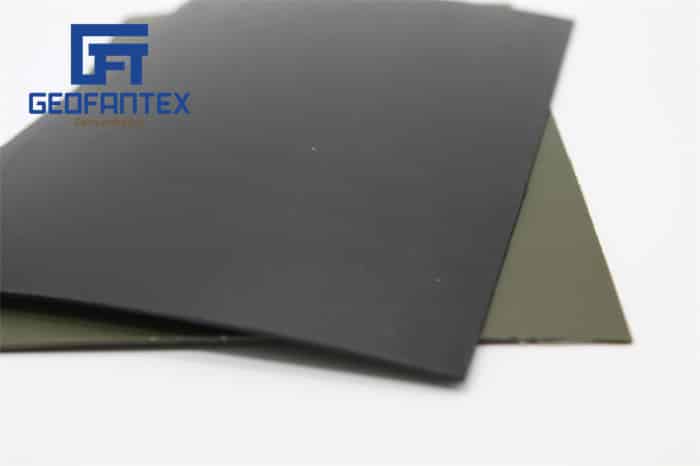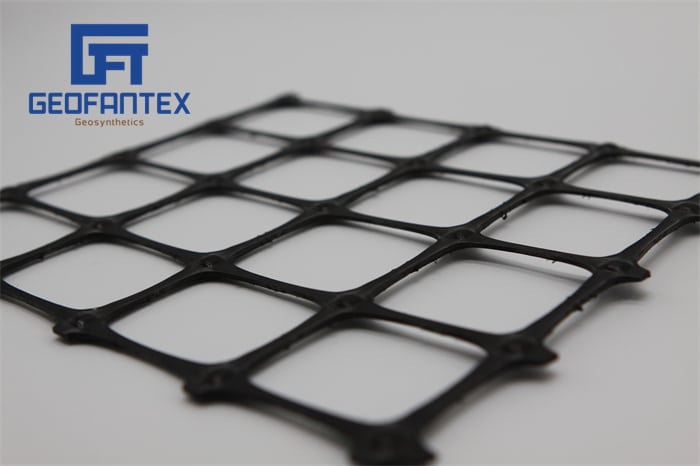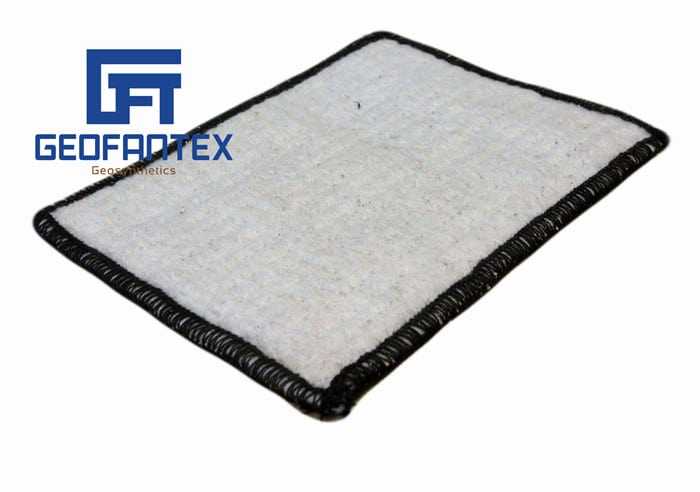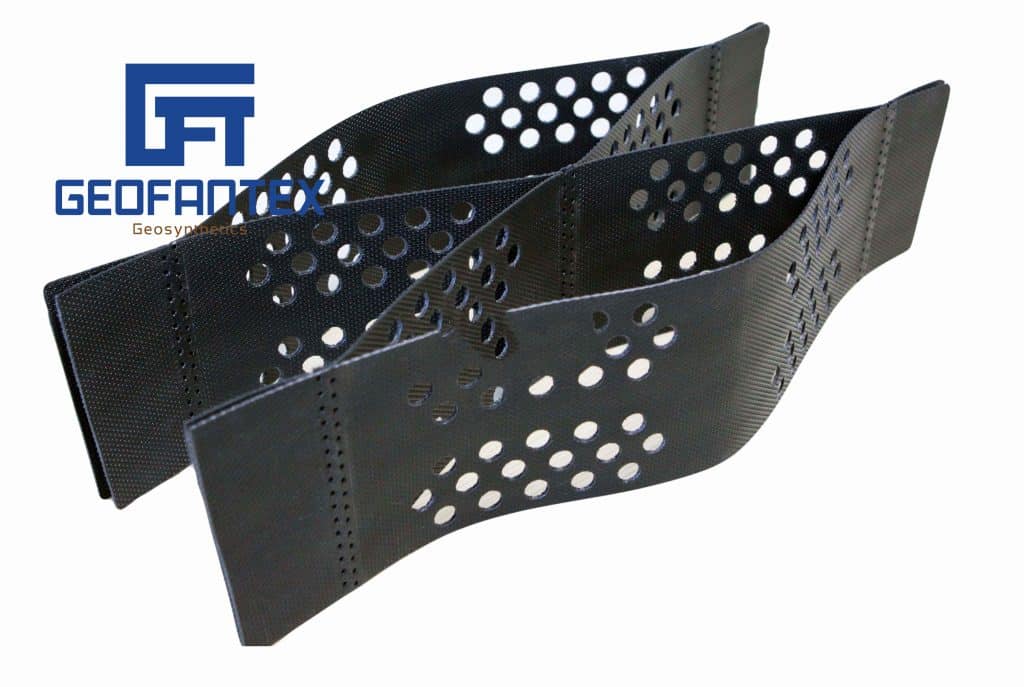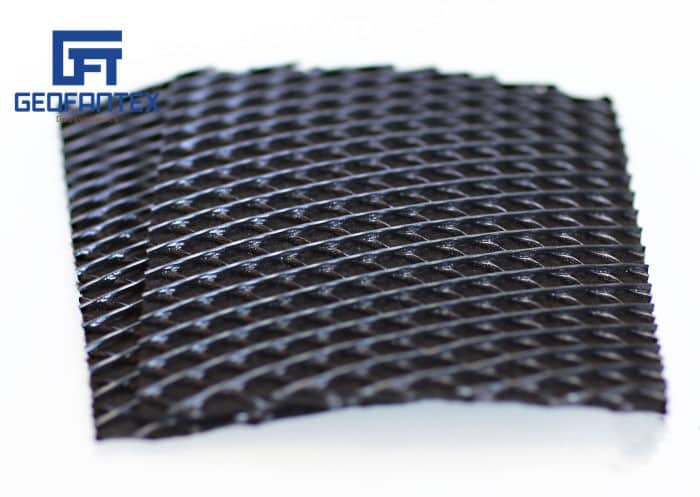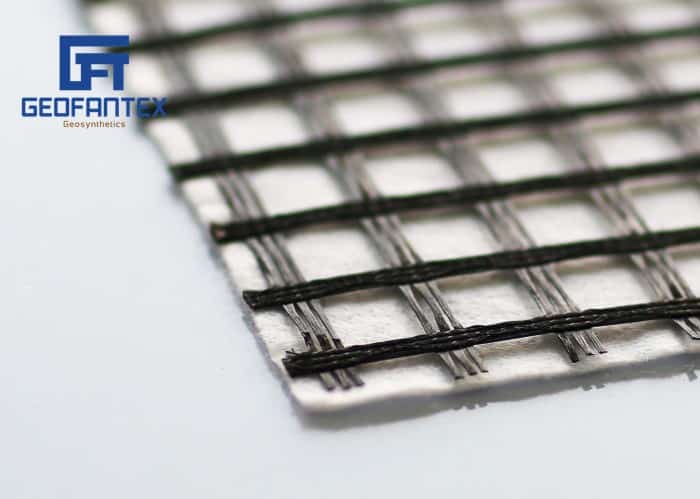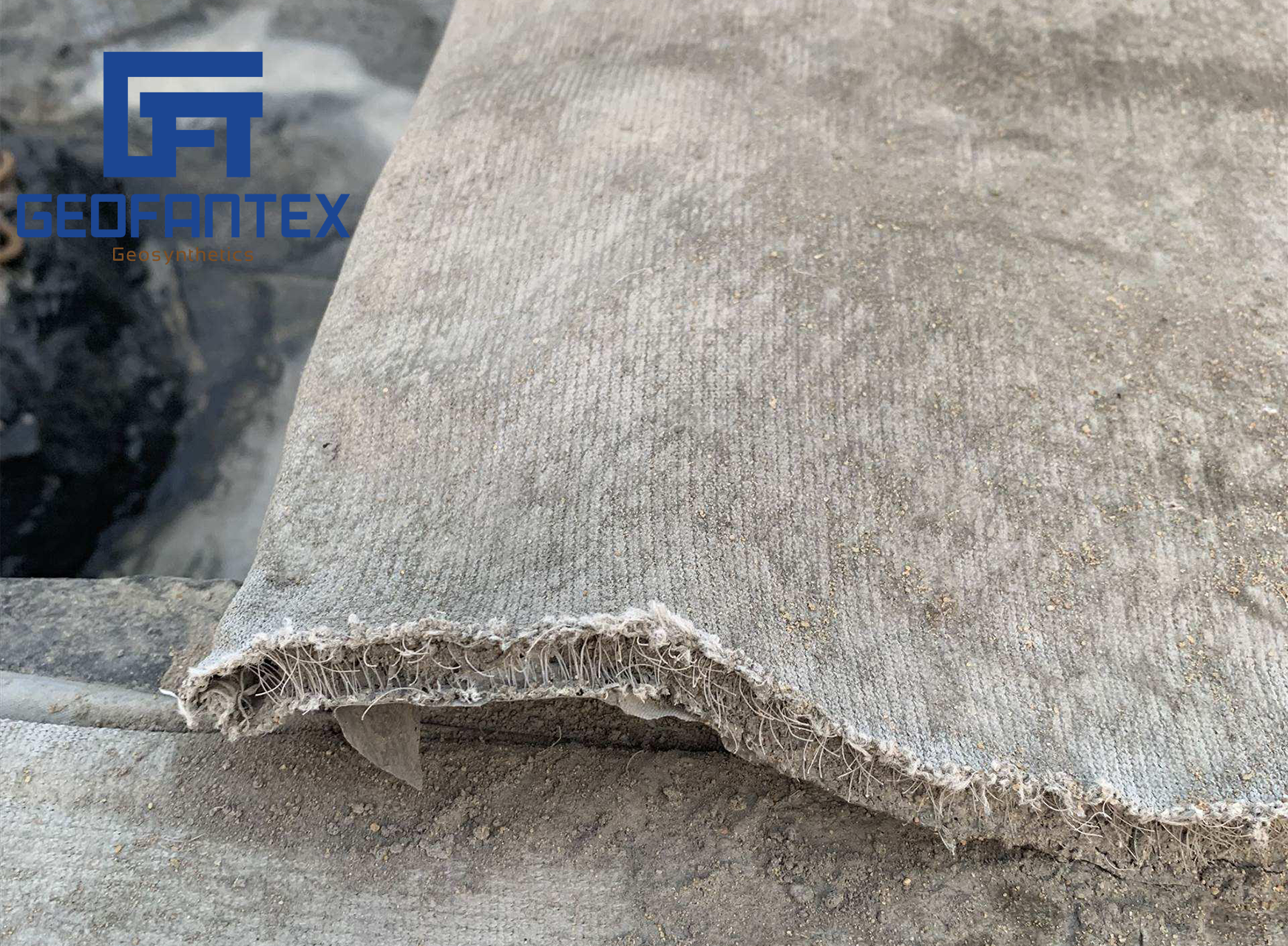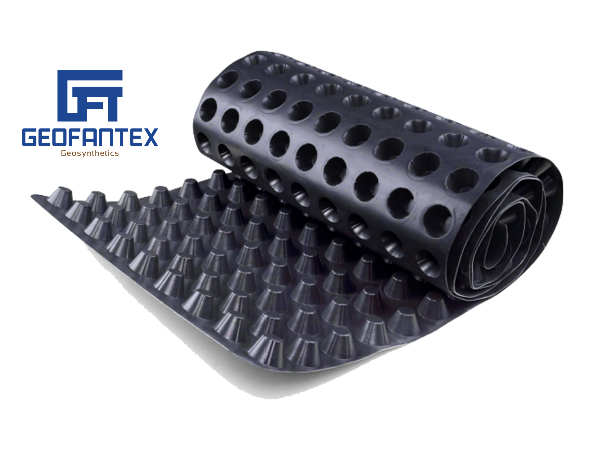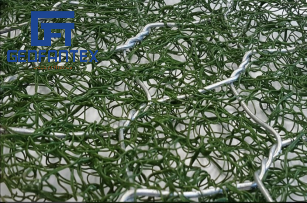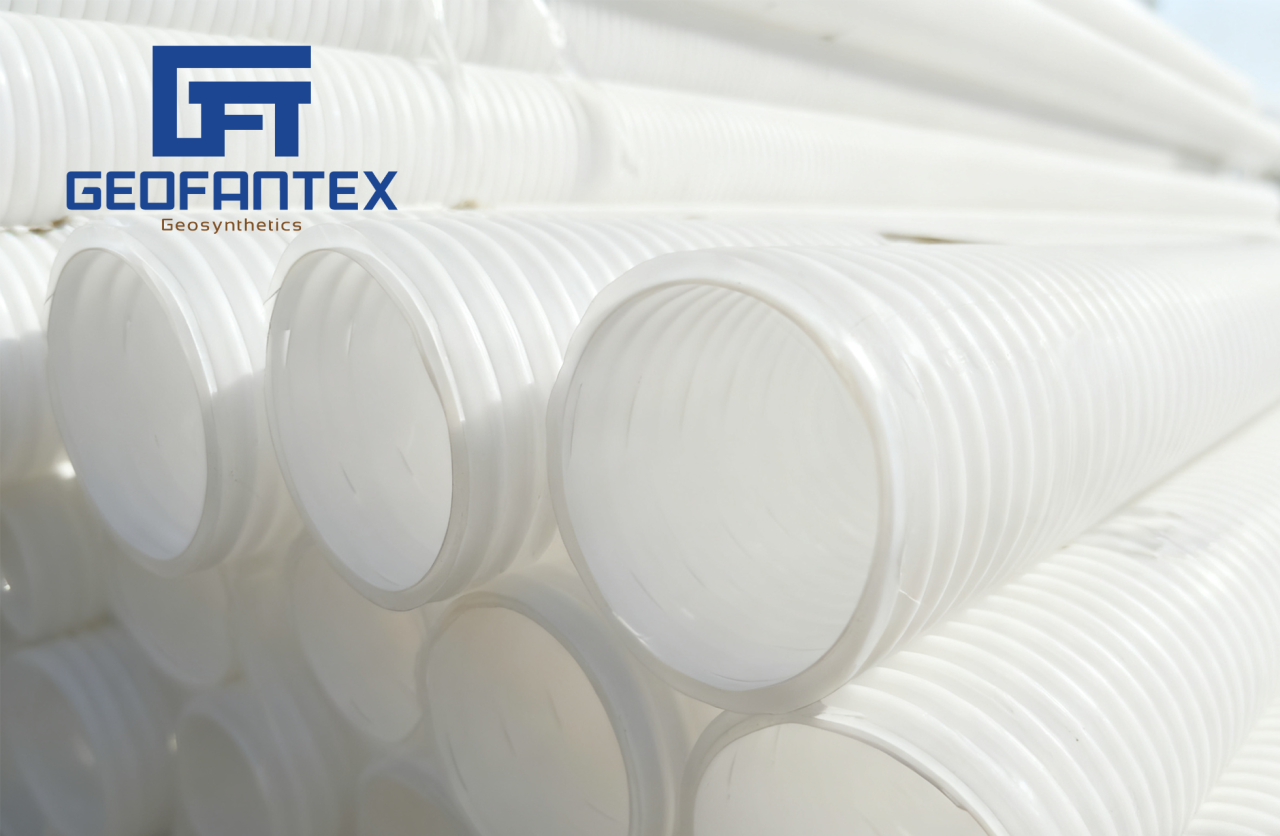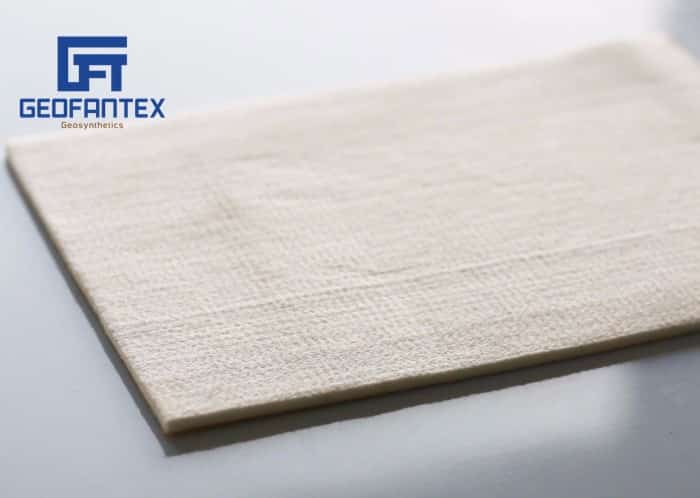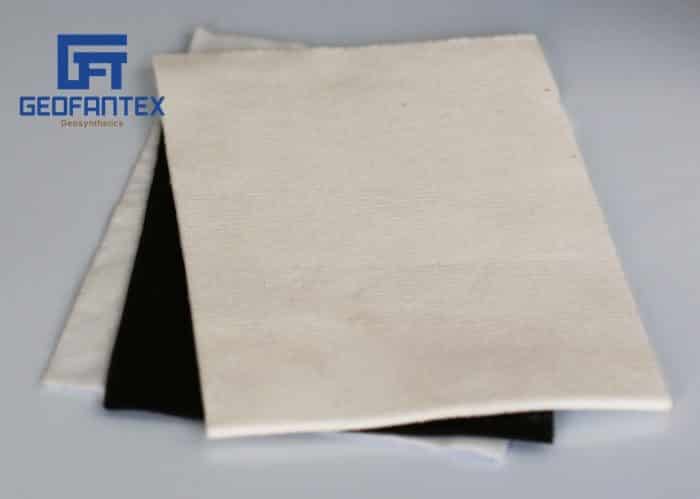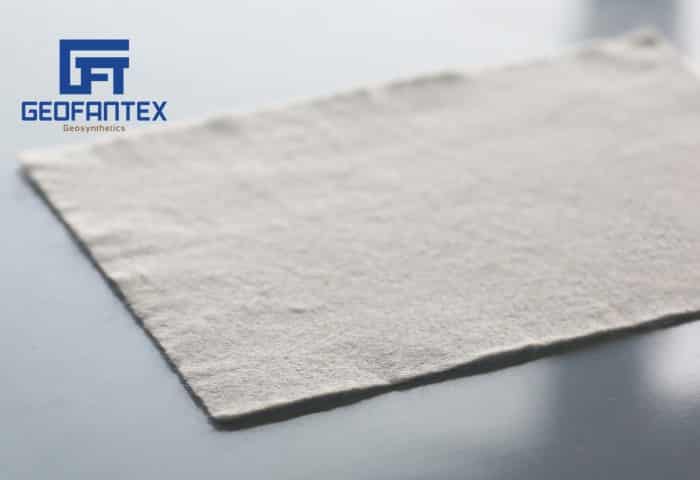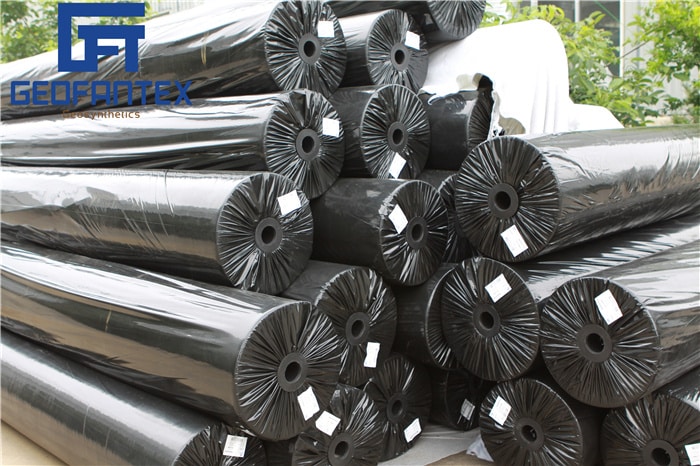+86-159 9860 6917
info@geofantex.com
geofantex@gmail.com
+86-400-8266163-44899
When it comes to modern civil engineering and construction, one question often arises: What is geogrid? Geogrids are a type of geosynthetic material used to reinforce soils and similar materials, providing stability and strength to structures like retaining walls, roadways, and slopes. This article delves into the applications of geogrids and other geosynthetics, supported by real-life case studies that highlight their transformative impact on the industry.
Understanding Geogrids and Their Role in Geosynthetics
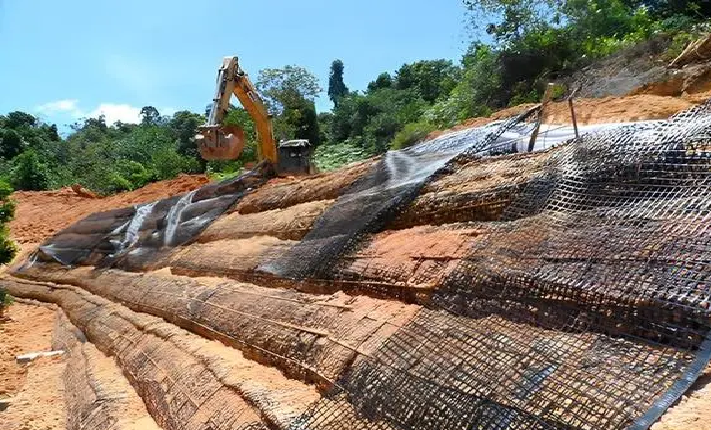
Geogrids are a type of geosynthetic material made from polymers like polypropylene or polyester, designed with a grid-like structure to reinforce soil. They play a key role in construction and civil engineering by improving stability and load distribution. There are three types:
- Uniaxial geogrids – strong in one direction, ideal for retaining walls
- Biaxial geogrids – strong in two directions, used in road bases
- Triaxial geogrids – multi-directional strength for complex loads
Main benefits include:
- Reinforces weak soil and distributes loads
- Reduces settlement and increases durability
- Lowers construction and maintenance costs
- Ideal for roads, embankments, slopes, and foundations
Geogrids are essential for modern, cost-effective, and long-lasting infrastructure.
Reinforcing Highway Embankments in India
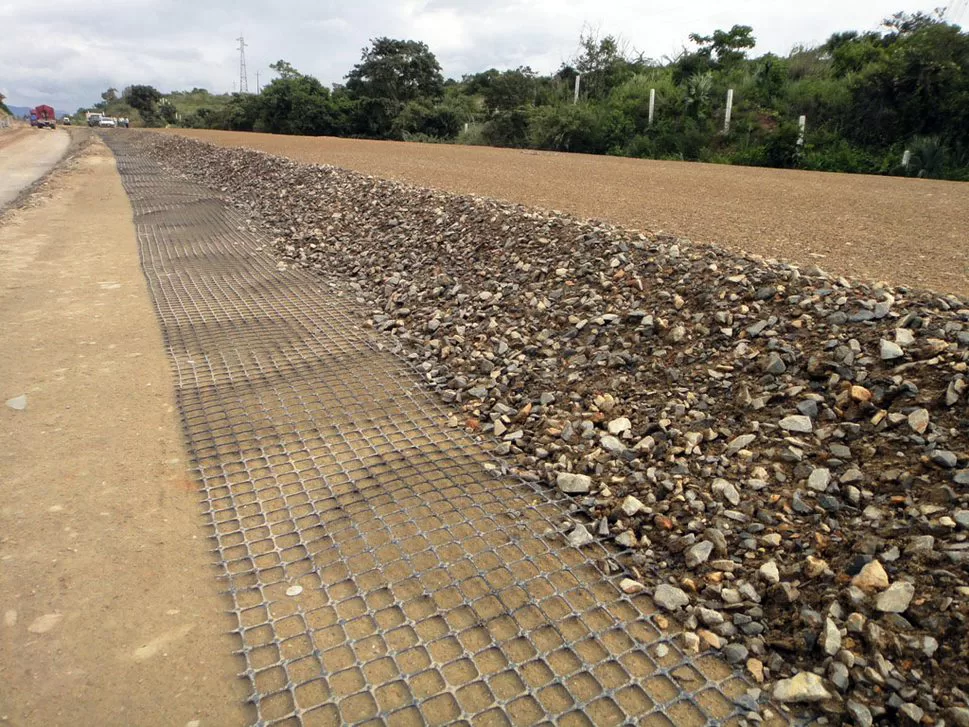
Reinforcing highway embankments in India involves methods like:
- Geosynthetics: Materials like geotextiles and geogrids improve strength and drainage.
- Soil Stabilization: Additives like lime or cement strengthen the soil.
- Retaining Walls: Prevent soil sliding on steep slopes.
- Vegetative Cover: Plants reduce erosion and stabilize soil.
- Slope Protection: Rock or mesh systems prevent landslides.
- Drainage Systems: Proper drainage directs water away to prevent erosion.
- Reinforced Earth: Combines soil with reinforcement materials for stability.
These techniques ensure embankment stability, especially in challenging terrains.
Retaining Wall Stabilization in the United States
Retaining wall stabilization in the United States involves various techniques to reinforce and support walls that are at risk of failure due to soil pressure, water infiltration, or structural weakness. Common stabilization methods include:
- Tiebacks and Anchors – Steel rods or cables are driven into the ground behind the wall to provide additional support.
- Soil Nailing – Steel bars are inserted into the soil behind the wall and grouted to enhance stability.
- Drainage Solutions – Proper drainage systems, like weep holes, French drains, or geotextile fabrics, help reduce hydrostatic pressure.
- Reinforced Concrete or Masonry – Adding reinforcement, such as steel bars, to concrete or masonry retaining walls improves their load-bearing capacity.
- Geogrid Reinforcement – Placing geogrids within backfill soil increases soil stability and prevents wall movement.
- Wall Replacement or Reconstruction – In severe cases, rebuilding the retaining wall with better materials and engineering may be necessary.
Stabilization techniques depend on factors such as soil type, wall height, local climate, and structural integrity. Regulations and building codes vary by state, so consulting a structural engineer is often recommended for compliance and safety.
Geogrids for erosion control in coastal areas of Australia
Geogrids are increasingly used in Australian coastal areas to combat erosion and improve shoreline stability. Their benefits include:
- Soil reinforcement: Geogrids stabilize loose or sandy soils commonly found along Australia’s coasts, reducing the risk of landslides or washouts.
- Wave and runoff protection: They help resist surface erosion caused by wave action and heavy rainfall, especially when combined with vegetation or rock layers.
- High durability: Made from UV-resistant, non-corrosive polymers, geogrids perform well in harsh coastal environments.
- Cost-effectiveness: They offer a lighter, more economical alternative to traditional erosion control methods like concrete or steel.
Versatile applications: Used in beach nourishment, seawall reinforcement, mangrove restoration, and coastal cliff stabilization projects across various Australian regions.
The Future of Geogrids and Geosynthetics
The development of geogrids and geosynthetics is shaping the future of civil and environmental engineering through several key trends:
- Smart integration: New geogrids with embedded sensors allow for real-time monitoring of soil movement and structural health.
- Eco-friendly materials: Bio-based and recyclable geosynthetics are reducing environmental impact and aligning with green construction goals.
- Higher performance: Advances in polymer technology are producing stronger, more durable materials suitable for extreme conditions.
- Climate adaptation: Geosynthetics play a growing role in erosion control, flood resistance, and infrastructure resilience in the face of climate change.
These innovations are transforming geosynthetics from passive components into active, sustainable solutions for future infrastructure.
In conclusion, understanding what is geogrid and its applications is essential for anyone involved in construction or environmental management. By leveraging the power of geosynthetics, industries can achieve safer, more efficient, and environmentally friendly solutions for their projects.
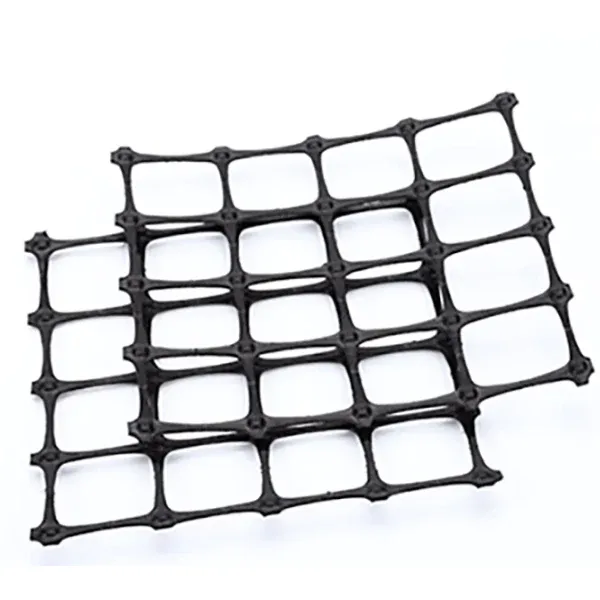
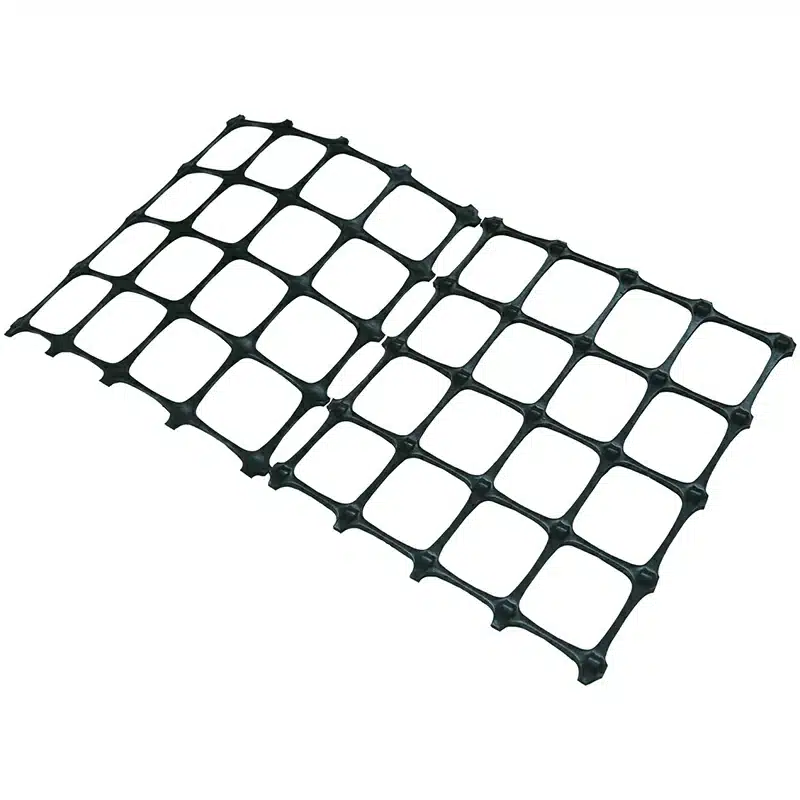
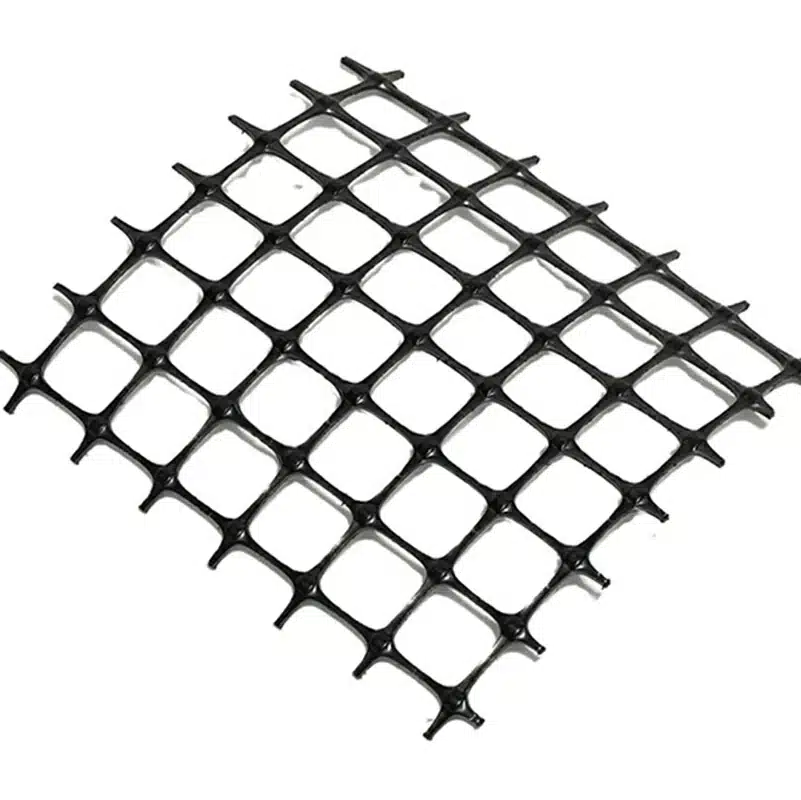
Get Free Sample
We’ll respond as soon as possible(within 12 hours)

